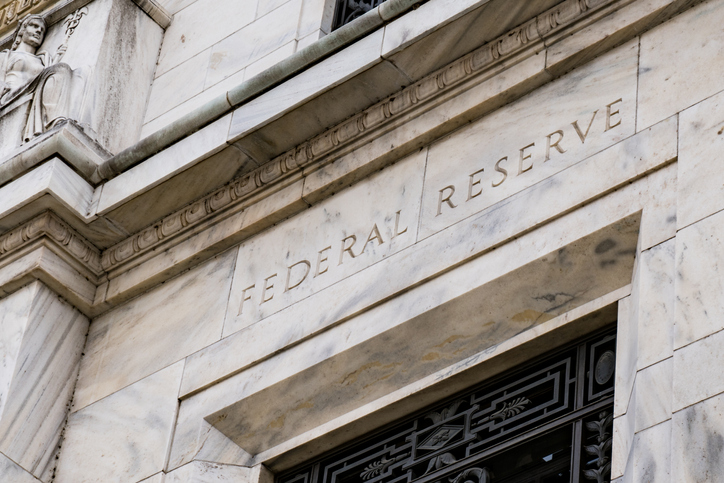
Many people have been caught off guard by the recent market volatility. Most have been surprised to see asset prices increase so quickly after hitting bottom in March. We’ve seen unexpected price movements before, but this was quite extreme given the fact that we are still very much in the middle of a pandemic, with no immediate end in site.
What has been driving the recent recovery? Government intervention has been the primary driver. To this end, the government usually has two types of policy tools when attempting to affect the economy: fiscal policy and monetary policy.
Fiscal policy is set and passed by congress with a final vote by the President of the United States. Generally, it will impact the economy either through taxation or through spending. As a response to COVID-19, recent fiscal policy has focused on an unprecedented spending program, known as the Coronavirus Aid, Relief, and Economic Security (CARES) Act. (Click here to read our prior blog post on the CARES Act).
The CARES Act inserted a historic $2.3 trillion into the economy through various means, including: direct cash payments to individuals, expansion of unemployment benefits and increased payment amounts, waived penalties for access to retirement accounts, mortgage forbearance and direct lending to various corporations, hospitals and state and local governments.
Monetary policy is set by the Federal Reserve (Fed). The tools available to the Fed, generally include: cutting interest rates, loan and asset purchases, and regulatory changes. In March, the Fed cut interest rates twice, effectively lowering its benchmark rate to zero. These cuts make borrowing more attractive for investors and provides incentive for home buyers, a key component of the economy.
However, the biggest impact the Fed has had on the economy and subsequently the stock market is its use of asset purchase programs. The original asset purchase program came about during the Great Recession in 2009 and was dubbed “quantitative easing” or QE for short. The Fed restarted this program in March of this year, which essentially buys US Treasuries and mortgage-backed securities (MBS) on the open market. Ensuring there is a buyer for those investors who need liquidity.
But this is not all. Beyond QE, the Fed has implemented a number of other operations, including expanding it’s normal “repo operations” (which ensures money markets continue to function properly), relaunching a Primary Dealer Credit Facility (PDCF), launching a new Money Market Mutual Fund Liquidity Facility (MMLF), implementing the Paycheck Protection Program Lending Facility (PPPLF), establishing a Commercial Paper Funding Facility (CPFF), creating a Primary Market Corporate Credit Facility (PMCCF), as well as a Secondary Market Corporate Credit Facility (SMCCF).
The net result of this is an unprecedented amount of capital pouring into the markets from the Fed. This has buoyed asset prices and provided some economic relief in the face of a very difficult economic outlook caused by the ensuing pandemic. The increase in the Fed’s balance sheet, can be seen below:

Ultimately, the Fed is propping up the markets by using its ability to print money in order for it to buy assets on the open market. Since the start of quantitative easing in 2009, there has been concern about how it will end. When the Fed starts to unwind its balance sheet, the market will have to absorb those assets, which could result in future market volatility and declining asset prices.
These policies can provide short-term relief while simultaneously creating long-term challenges. We continue to manage our client’s portfolios with these future challenges in mind. Our goal is to be positioned to manage through such volatility, by ensuring we are in tune with our clients needs over this time period and by accounting for the potential of lower growth and higher inflation in our planning process.

